Time Period: Civil War through Reconstruction (1861 - 1874) - Starting with H
Hadley, Ozro Amander
Haguewood Prairie, Skirmish at
Hahn’s Farm, Skirmish at
aka: Skirmish at Waldron
Halfway House, Skirmish near the
Hallie [Steamboat]
 Hampton Lynching Article
Hampton Lynching Article
Hampton Lynching of 1872
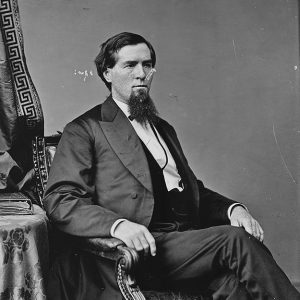 James M. Hanks
James M. Hanks
Hanks, James Millander
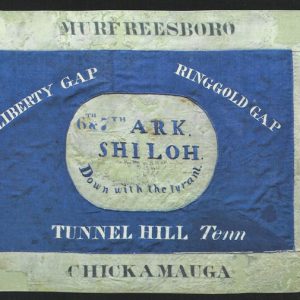 Hardee Pattern Battle Flag
Hardee Pattern Battle Flag
 Hardee Pattern Battle Flag
Hardee Pattern Battle Flag
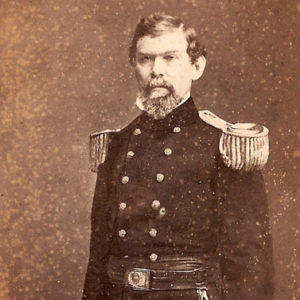 William Joseph Hardee
William Joseph Hardee
Hardee, William Joseph
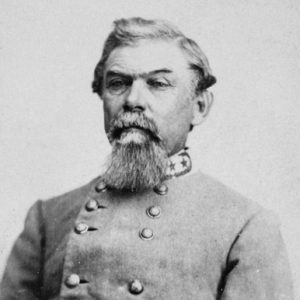 William J. Hardee
William J. Hardee
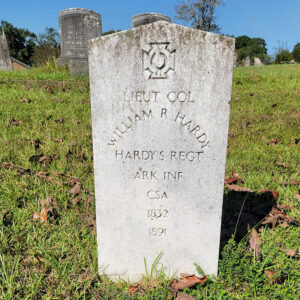 Hardy Grave
Hardy Grave
Harper, Charles Augustus (C. A.)
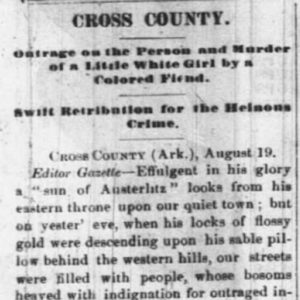 Frank Harris Lynching Article
Frank Harris Lynching Article
 Frank Harris Lynching Article
Frank Harris Lynching Article
Harris, Frank (Lynching of)
Harrison, Marcus LaRue
 M. LaRue Harrison
M. LaRue Harrison
Harrison, William M.
Harrison’s Landing, Skirmish at
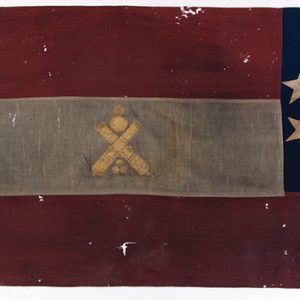 Hart's Battery Flag
Hart's Battery Flag
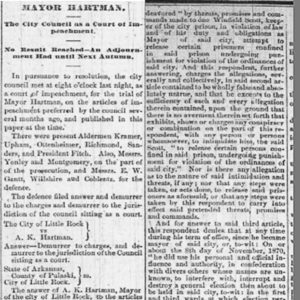 Hartman Impeachment Article
Hartman Impeachment Article
Hatch’s Ferry, Skirmish at
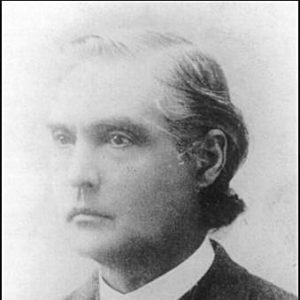 Alexander T. Hawthorn
Alexander T. Hawthorn
Hawthorn, Alexander Travis
aka: Alexander T. Hawthorne
Hawthorne’s Arkansas Infantry (CS)
Hay Station No. 3, Skirmish at
aka: Skirmish at Brownsville (July 30, 1864)
 Hazard Hall
Hazard Hall
Headquarters House Museum
aka: Tebbetts House
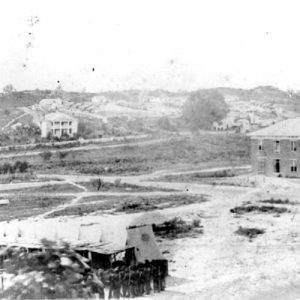 Helena Civil War Scene
Helena Civil War Scene
Helena Confederate Cemetery
Helena Expedition (March 5–12, 1863)
aka: St. Francis River Expedition
aka: Little River Expedition
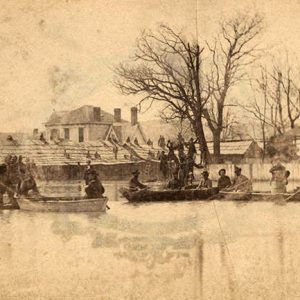 Helena Flood
Helena Flood




